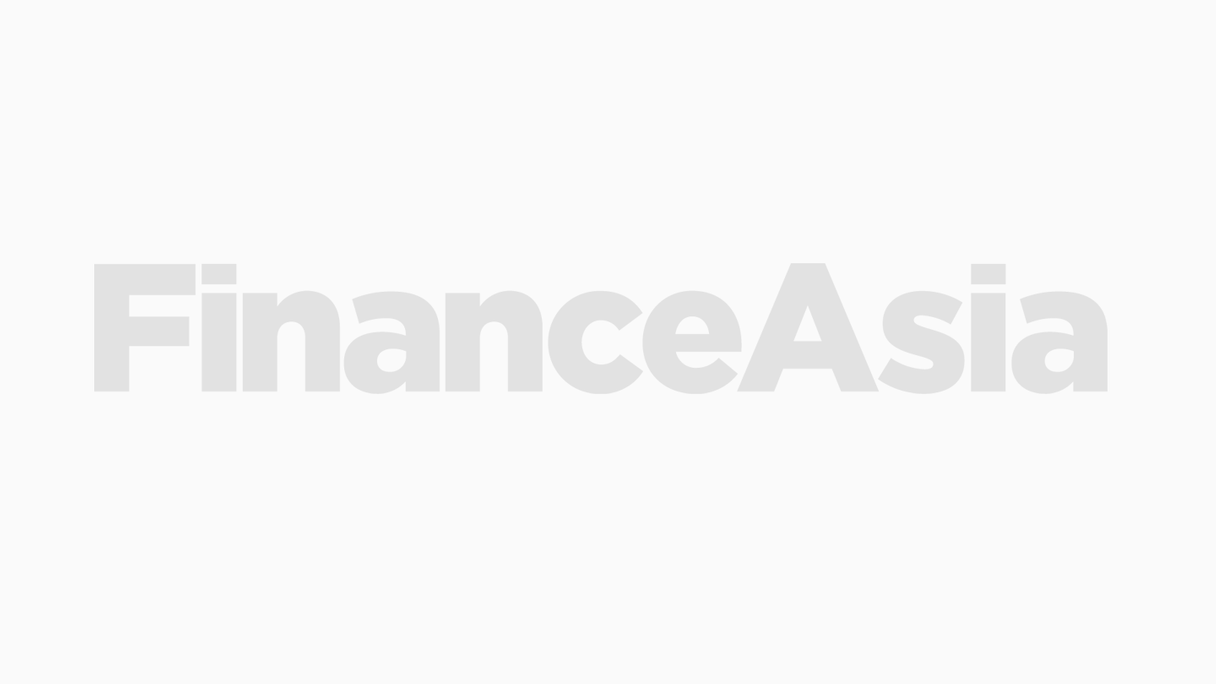Roadshows begin today (November 10) for a HK$18.7 billion to HK$19.8 billion ($2.4 billion to $2.5 billion) IPO by Link Reit, Hong Kong's inaugural Real Estate Investment Trust. Under the lead management of Goldman Sachs, HSBC and UBS, presentations will continue until Friday November 18, before the offering is priced over the weekend and listed on Friday November 25.



